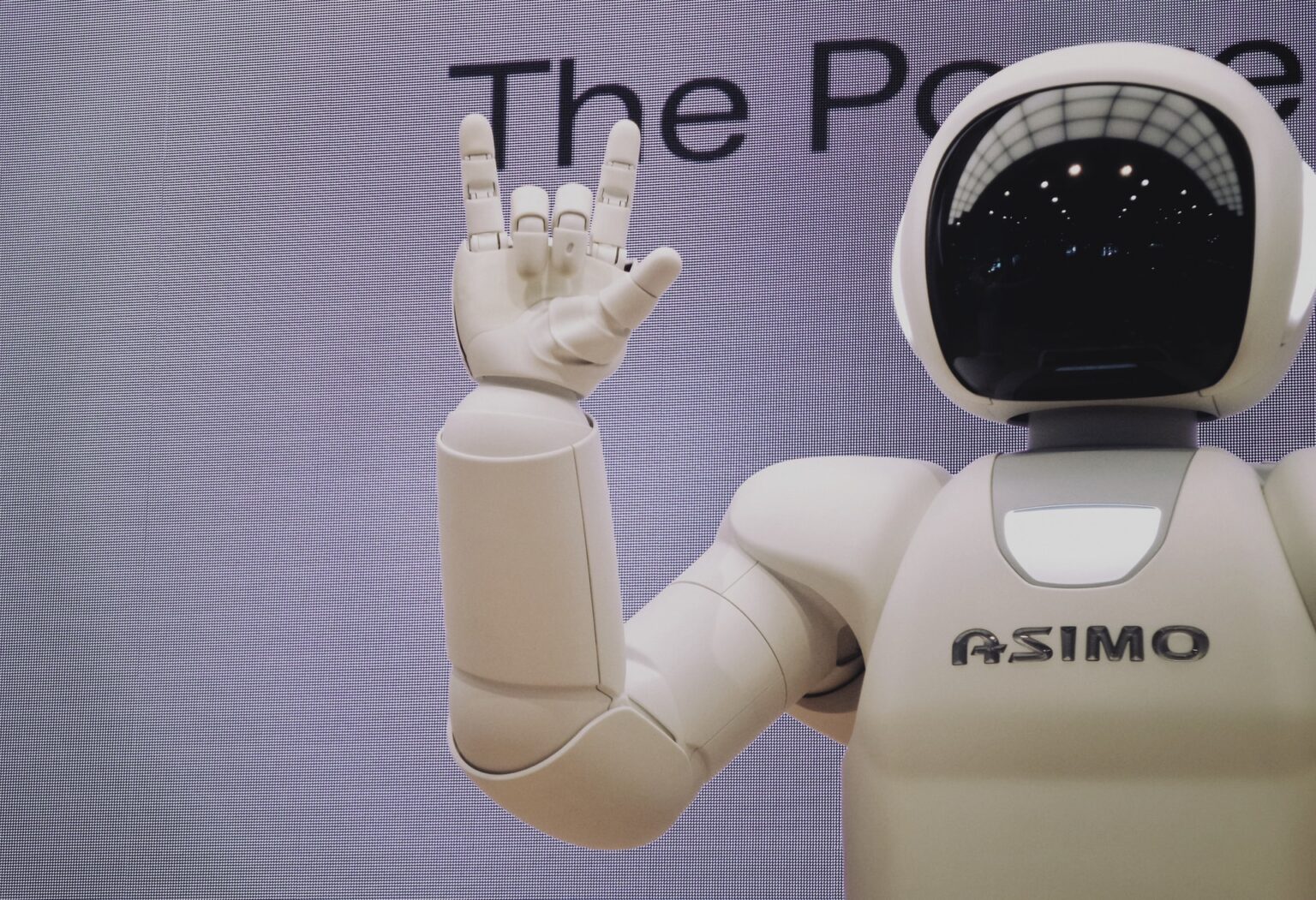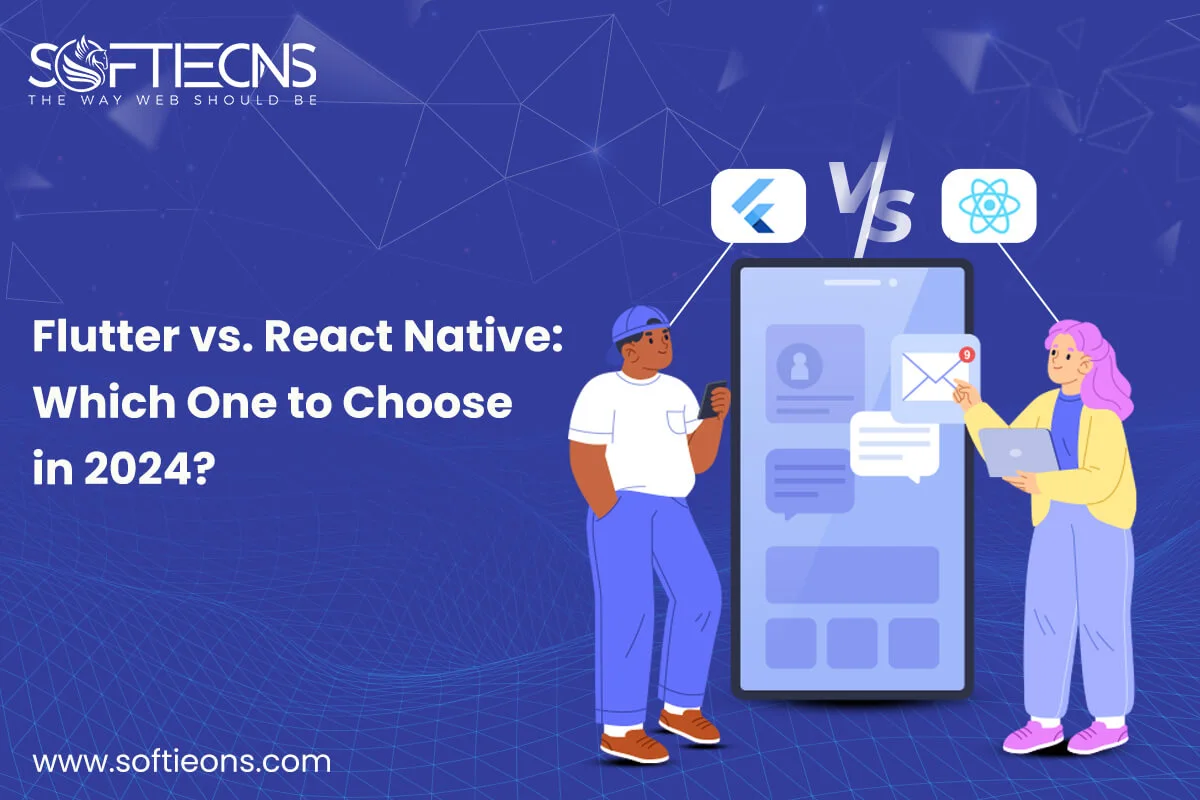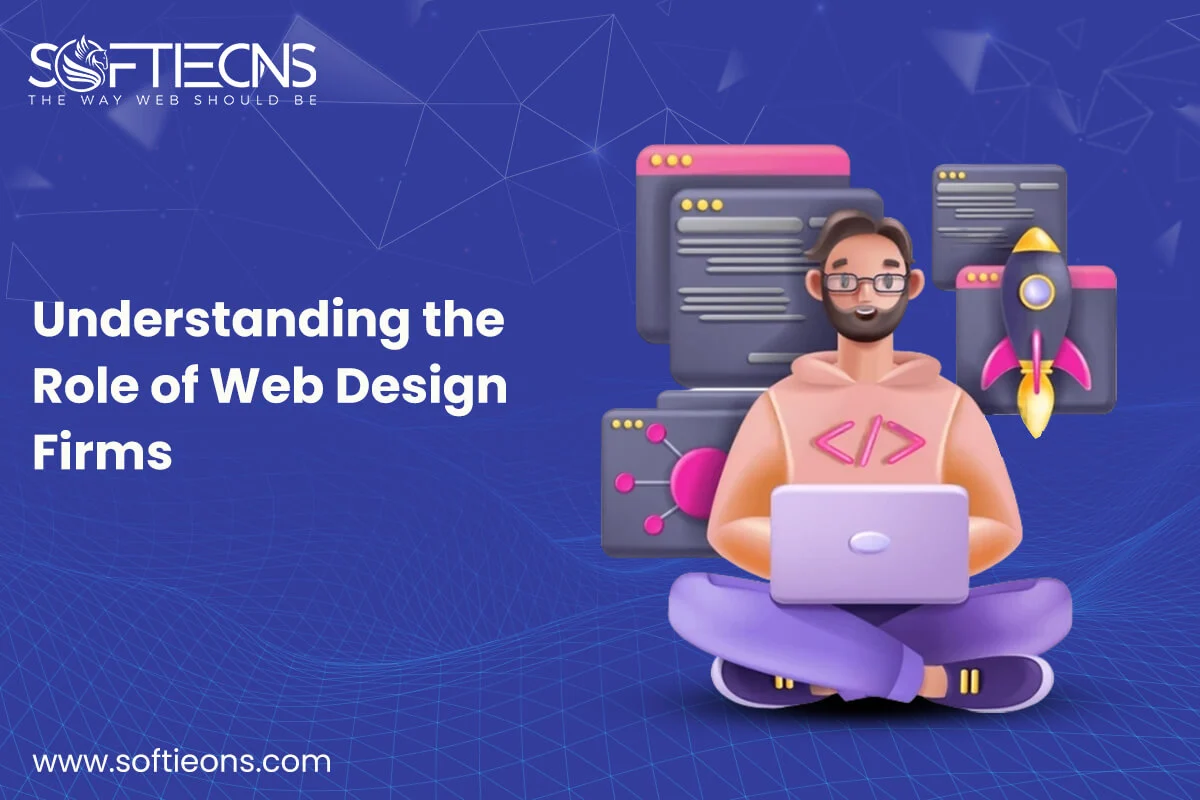Best real-life examples of Artificial Intelligence
Fri, 09 Apr 2021
AI transforms our lives and it’s a wide-ranging tool that enables people to reconsider how to integrate information, analyze data, and use the resulting insights to make better decisions. It helps to improve efficiencies and to increase our human capacity. Artificial Intelligence (AI) allows machines to do tasks like humans.
Here we are discussing real-life artificial intelligence examples:
Virtual Personal Assistants:
There has been a surge in virtual personal assistants developing and implementing them. These take many forms and leverage various technologies such as voice recognition, text analysis, and some even make decisions for you such as scheduling meetings automatically based on incoming emails such as Alexa.
Video Games:
Crude forms of AI have been around in video games for decades. Take for example the 80s arcade game Pacman, each ghost featured unique forms of AI to try and catch the player as they roamed the maze. Technology has moved on since the 80s and non-player characters have become so advanced that it is now possible to model, render, and explore entire worlds.
Recently, Driver cars and driverless lorries were making headlines. Companies like Google, Uber, Apple, Volkswagen, and Mercedes are investing heavily in artificial intelligence-powered self-driving automobiles. Incorporating AI into long haul trucking routes from a commercial perspective will yield cost savings and has the potential to save lives AI routines don’t suffer from fatigue.
Chatbots:
Chatbots offered rudimentary answers to simplistic questions, most of which were achieved through the identification of specific keywords and canned responses. This has often been frustrating for users but this field is being transformed by artificial intelligence. Advances in Natural Language Processing and machine learning enable chatbots to understand each word’s semantic orientation in a single sentence and to derive true meaning. This allows the chatbot to create some context of what a customer is talking about, and to ask relevant questions or provide customer query solutions.
POPULAR POSTS
Shopify vs. WordPress: Which one is best for e-commerce?
Wed, 07 Apr 2021Role of IoT in the Real Estate Industry
Wed, 14 Apr 2021Why UX And UI Is Important For Mobile Application Development
Sat, 01 May 2021Telemedicine's Advantages in Nursing Homes
Fri, 24 Dec 2021RECENT POSTS
Flutter vs. React Native: Which One to Choose in 2024?
Mon, 22 Apr 2024Exploring the Benefits of Professional Website Design Companies
Fri, 29 Mar 2024Understanding The Role Of Web Design Firms
Fri, 22 Mar 20245 Benefits Of Using Angular For Your Web Development
Tue, 05 Mar 2024









